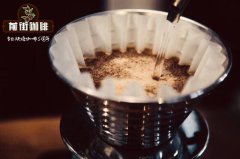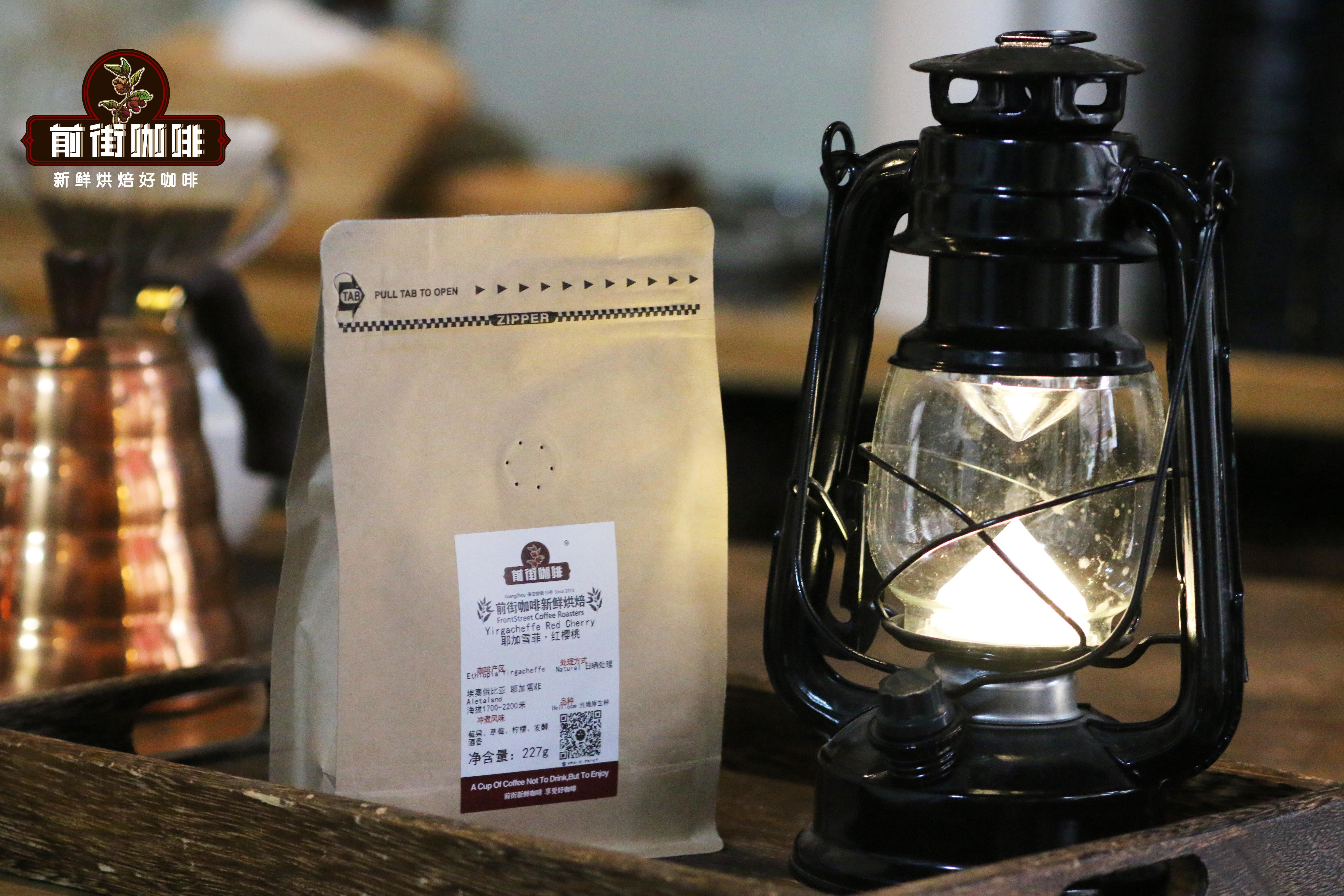Tangerine County Honey in the Western Valley of Costa Rica deals with Vera Saatchi's complex and changeable flavor

Professional coffee knowledge exchange more coffee bean information please follow the coffee workshop (Wechat official account cafe_style)
Qianjie-introduction to Orange County in the western valley of Costa Rica
This rich, varied and unique coffee comes from Herbazu. Herbazu belongs to the micro-processing plant of the Don Tono Barrantes family, whose estate is located in the Lourdes Valley of Orange County (Naranjo region), which belongs to the West Valley producing area of Colombia.
Before 2005, Costa Rica was almost always a large processing plant with an annual output of more than 100000 bags and tens of thousands of members, but for coffee farmers who can produce good coffee and often produce only 100 bags a year, unless they develop their own small processing plants, otherwise the coffee will be flooded into large cooperatives and cannot be exported under the name of their own farm. Some small farmers who produce high-quality coffee are gradually awakening, and this awakening wind is the rise of micro-miller (micro-processing plant).
These new micro-processing plants often have only a few containers a year if they do not help neighboring farms handle raw beans, but the advantage is that they can take care of and adjust to the best processing flow at each stage, and at the same time, there is no need to fear that large bean merchants will not purchase, as long as the quality is good and is known by boutique bean sellers, they can establish DT relationships (according to DT, direct trade, the direct relationship model pushed by Osheri).
Only micro-processing plants can produce high-quality honey beans such as Brumas and Yerba, because it is difficult to carry out different retention of sticky ingredients in small batches in large cooperatives. the main reason is that it is not cost-effective and unless the customer has enough to handle a large batch, they will treat it as an average. On the other hand, the micro-processing plant starts to monitor and control the bean condition from the harvest end, and the concepts of the two [post-harvest processing] are actually different.
Yerba Fu is the forerunner of this micro-processing wind! I just mentioned that Herbazu is 13 small farms from the same family, owned by the children of Don Tono Barrantes. They are all brothers and sisters (each has an average farm area of 2.5ha). Because of their strong centripetal force and in order to save labor costs, they all support the various stages of coffee planting together, such as planting, pruning, picking, milling, drying, and the family work together to take care of each other's estates. Herbazu's farm, which only handles family coffee, is a typical family farm because they do not help other coffee farmers or buy other coffee cherries.
Honey treatment
Honey treatment, that is, Miel method, is developed from micro-processing plants and comes from small farms, which are harvested by themselves. After removing the peel of coffee cherries, they retain the amount of sticky layer and then continue to dry. This mage is from Pulped Natural, Brazil. The shell beans are sun-dried or machine-dried to a moisture content of about 11.5% per cent, and then handed over to the drying plant for shelling and grading. The advantage is that they only need to find the last drying plant to match, while the quality and treatment of raw beans can be close to 100% self-control.
High-quality miel-treated coffee, in addition to cup testing, visit the micro-processing plant to observe the treatment mode of each stage, which is a very important control, so as not to buy batches that are just a flash in the pan. After the sunburn of honey treatment, the colors of shell beans can be divided into: White honey, yellow honey, red honey, black honey.
A rare and good variety Villa Sarchi Vera Saatchi
Villa Sarchi, which originated from Costa Rica, is very suitable for planting in areas with high elevations and large temperature differences and strong winds from time to time. This species does not need the protection of wind breakers. The tree shape of Villa Sarchi is similar to that of Caturra and Pacas, but the leaves are more luxuriant, but she has better wind resistance and the ripening period of coffee cherries is consistent, so it is convenient for coffee farmers to harvest and suitable for planting in high altitude areas. During our cup test, we have tested different varieties of Yerba, and we have purchased Villa Sarchi for four consecutive years, also because of better quality.
Basic information:
Country of origin: Lourdes (West Valley Naranjo region), Orange County in the valley west of Costa Rica
Name of the manor: Yerba Cafe Herbazu
Brand: HBZ estate coffee
Variety: 100% Villa Sarchi species
Treatment: White honey treatment, White honey, sun drying in the later stage
Dry fragrance: chocolate, flowers, honey, berries, vanilla plants
Wet fragrance: berries, chocolate, cream, honey
Sip: delicate touch, lime, citrus chocolate, grapefruit, tea, honey sweet, changeable fruit, cherry, vanilla lingering
Knowledge: coffee roasting is a process that produces Mena reaction and caramel reaction inside raw beans, producing more wonderful flavors.
In short: Qianjie is a coffee research hall, happy to share the knowledge about coffee with you, we share unreservedly just to make more friends fall in love with coffee, and there will be three low-discount coffee activities every month. The reason is that Qianjie wants to make more friends drink the best coffee at the lowest price, which has been Qianjie's tenet for 6 years!
END
Important Notice :
前街咖啡 FrontStreet Coffee has moved to new addredd:
FrontStreet Coffee Address: 315,Donghua East Road,GuangZhou
Tel:020 38364473
- Prev

Introduction to the origin and variety of coffee beans A ballet dancer with a variety of fruit flavors.
Professional coffee knowledge exchange more coffee bean information please follow the coffee workshop (Wechat official account cafe_style) Qianjie-Vera Saqi varieties introduction Arabica this category, there are many different varieties / beans, these varieties / beans have the typical characteristics of Arabica, such as tetraploid plants, have 44 chromosomes; all belong to self-pollination plants;
- Next

The difference between Yega Sheffield Coffee and Arabica Coffee introduction to the original varieties of Yega Chefe Coffee
Professional coffee knowledge exchange more coffee bean information please follow the coffee workshop (Wechat official account cafe_style) front street-Yega Xuefei introduction as the hometown of coffee, Ethiopia has its own advantages of topography and climate, for example, Ethiopia is dominated by mountainous plateaus, mostly belonging to Ethiopia
Related
- Beginners will see the "Coffee pull flower" guide!
- What is the difference between ice blog purified milk and ordinary milk coffee?
- Why is the Philippines the largest producer of crops in Liberia?
- For coffee extraction, should the fine powder be retained?
- How does extracted espresso fill pressed powder? How much strength does it take to press the powder?
- How to make jasmine cold extract coffee? Is the jasmine + latte good?
- Will this little toy really make the coffee taste better? How does Lily Drip affect coffee extraction?
- Will the action of slapping the filter cup also affect coffee extraction?
- What's the difference between powder-to-water ratio and powder-to-liquid ratio?
- What is the Ethiopian local species? What does it have to do with Heirloom native species?

